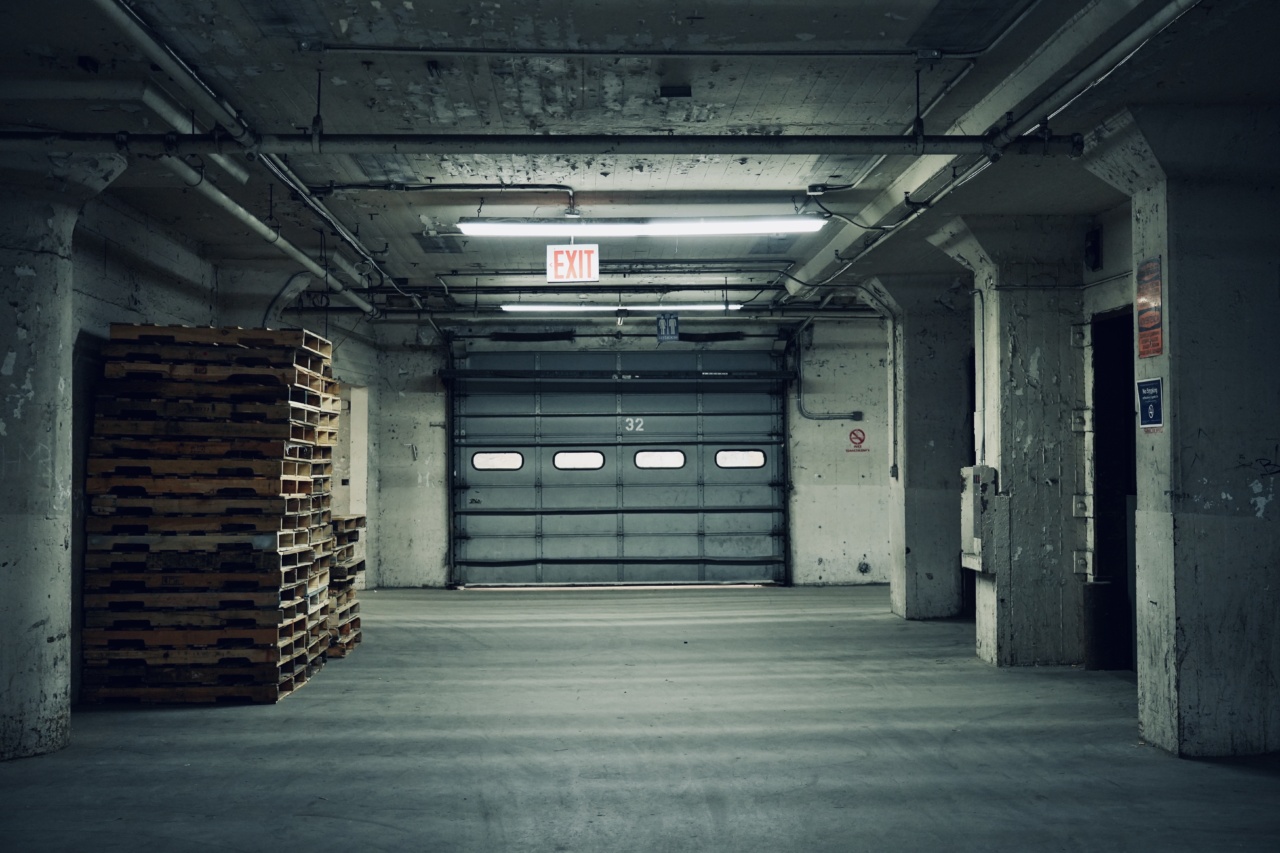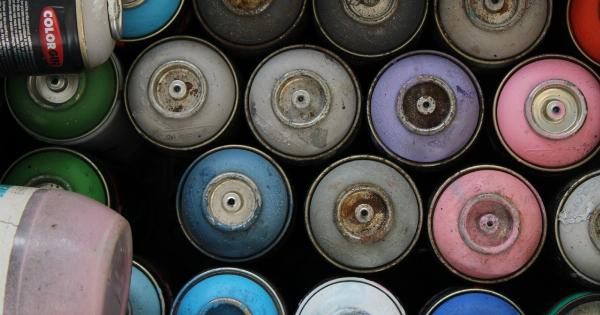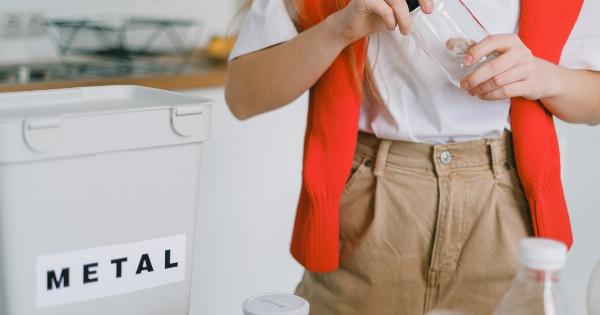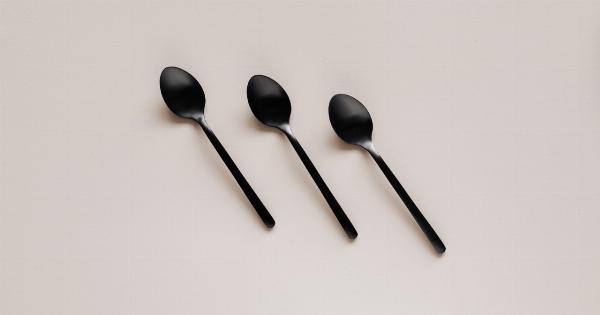When it comes to storage, there are many myths and misconceptions that can influence the way we approach organizing and managing our belongings. These myths can often lead to poor decision-making and wasted time and money.
In this article, we will debunk eight common storage myths and shed light on the truth behind them.
Myth 1: Storing everything in cardboard boxes is the best option
While cardboard boxes are commonly used for storage, they may not always be the best choice. Cardboard is susceptible to moisture, pests, and can degrade over time. Invest in durable plastic containers or storage bins to protect your belongings better.
Plastic containers are more resistant to water and pests, keeping your items safe and secure.
Myth 2: Storing everything in the attic is a great way to clear clutter
Storing items in the attic may seem convenient, but it exposes them to extreme temperatures, humidity, and potential damage from pests. Delicate or valuable items can be particularly vulnerable.
Instead, consider climate-controlled storage units or designate specific areas in your home for items that require long-term storage.
Myth 3: You don’t need to label your storage boxes
Properly labeling your storage boxes is crucial for efficient organization and easy retrieval of items when needed. Without labels, finding specific items can become time-consuming and frustrating.
Use clear and descriptive labels, including a brief inventory of the box’s contents, to ensure easy access to your stored items.
Myth 4: Storing clothes in vacuum-sealed bags will keep them fresh forever
Vacuum-sealed bags can save space when storing clothes, but they are not a foolproof method for keeping clothes fresh. Over time, clothing fibers may become compressed, lose their shape, or acquire permanent wrinkles.
It’s best to rotate and air out your clothes periodically to maintain their quality and ensure they remain wearable.
Myth 5: Keeping items in storage means you don’t use or need them
While it’s true that some items end up in storage temporarily, it doesn’t automatically mean they are not useful or needed.
Life transitions like moving, downsizing, or remodeling can require temporary storage for items that will be used again in the future. Assess your storage needs regularly to determine which items are worth keeping and which can be let go of.
Myth 6: Storing electronics without use won’t affect their performance
Electronics are not designed for long-term storage without use. Batteries can leak and cause damage, and internal components can deteriorate over time.
If you need to store electronics, ensure they are properly cleaned, disconnected from power sources, and stored in a climate-controlled environment to preserve their functionality.
Myth 7: Storage units are only for people with excessive belongings
Storage units are not exclusively for those with excessive belongings. They can be beneficial for anyone looking to free up space in their home, store seasonal items, or keep belongings safe during a move or renovation.
Storage units offer flexibility and peace of mind, allowing you to access your items whenever necessary.
Myth 8: Storing books vertically will damage their spines
Contrary to popular belief, storing books vertically does not damage their spines. In fact, storing books upright is the recommended method as it minimizes pressure on the spine.
However, ensure that books are not tightly packed on the shelf to prevent unnecessary stress on the bindings. If possible, store books in a temperature-controlled environment to avoid damage from extreme heat or humidity.































